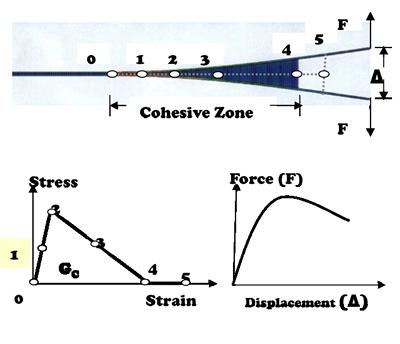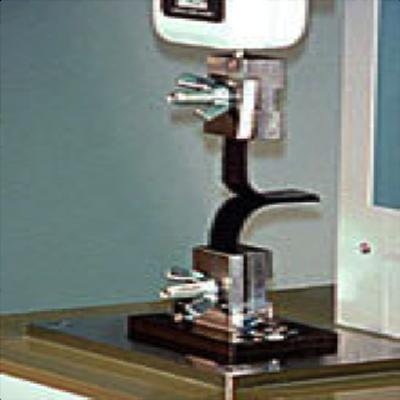Research project: An evaluation of cohesive zone models for adhesive failure in bonded joints - Dormant - Dormant
Adhesive bonding has been used as a joining technique for many years but its popularity has increased in the last two decades, however the ability to predict failure of bonded joints remains a difficult problem. Therefore, instead of using conventional approaches, predictive models like cohesive zone models (CZM) are now being used.

